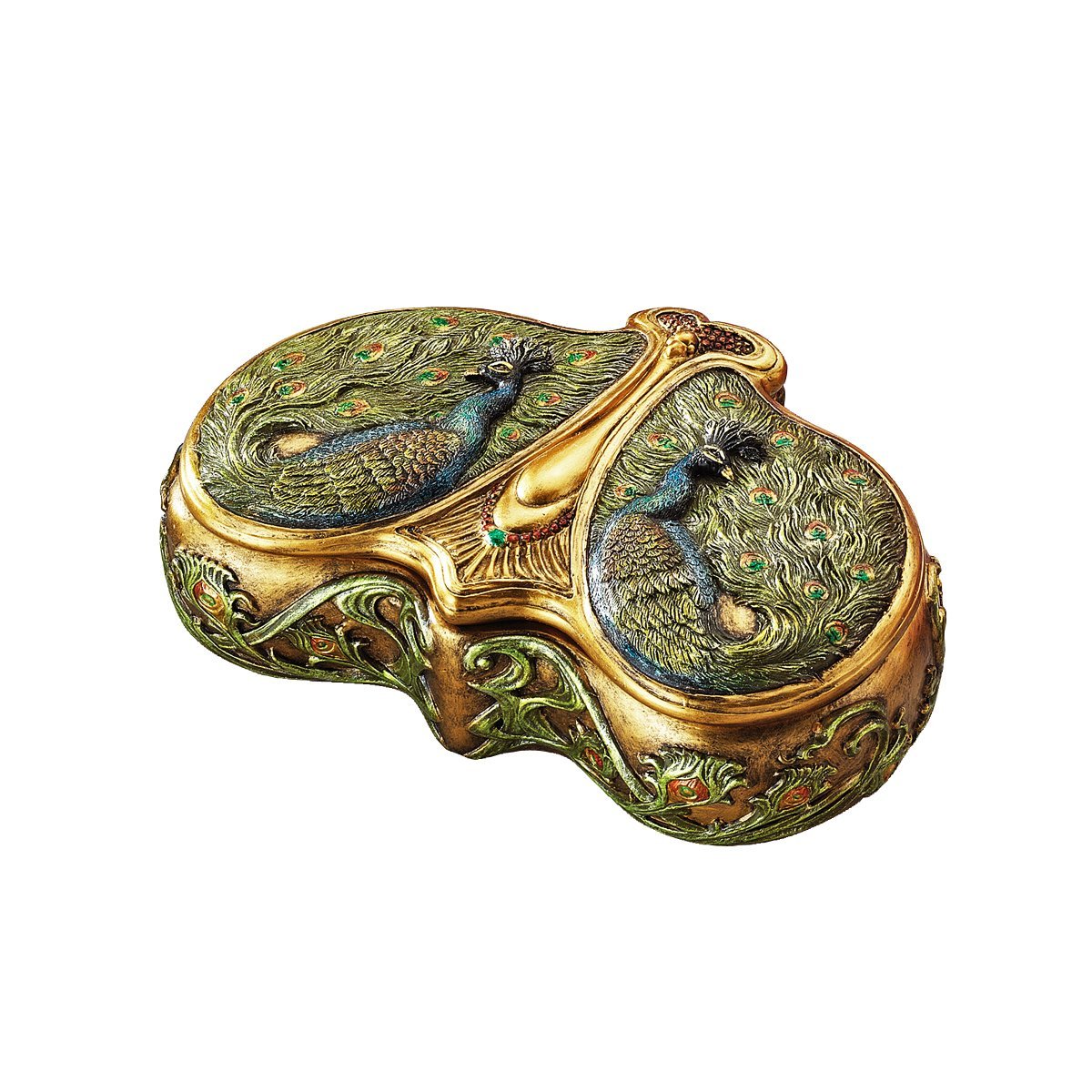 This Art Nouveau Jewellery Box is part of our Modern Foreign Languages Department collection.
This Art Nouveau Jewellery Box is part of our Modern Foreign Languages Department collection.This is a replica of a lavishly embellished work created in the Art Nouveau style of French artist Émile Gallé. Émile Gallé (8 May 1846 – 23 September 1904) was a French artist who worked in glass, and is considered to be one of the major forces in the French Art Nouveau movement. Art Nouveau is an international style of art and architecture that was most popular between 1890 and 1910. A reaction to the academic art of the 19th century, it was inspired by natural forms and structures, not only in flowers and plants, but also in curved lines.
The movement was committed to abolishing the traditional hierarchy of the arts, which viewed the so-called liberal arts, such as painting and sculpture, as superior to craft-based decorative arts. The style went out of fashion for the most part long before the First World War, paving the way for the development of Art Deco in the 1920s, but it experienced a popular revival in the 1960s, and it is now seen as an important predecessor - if not an integral component - of modernism.